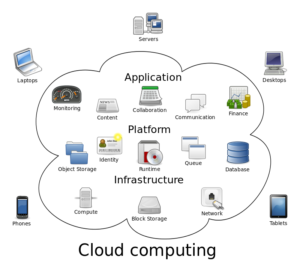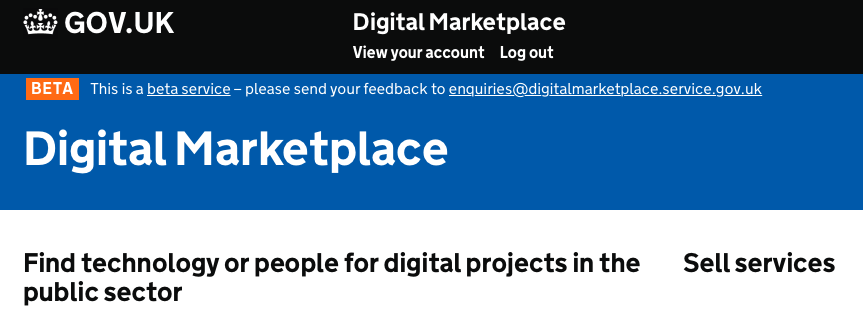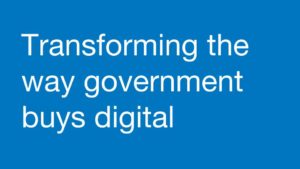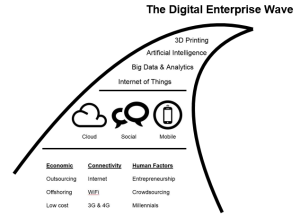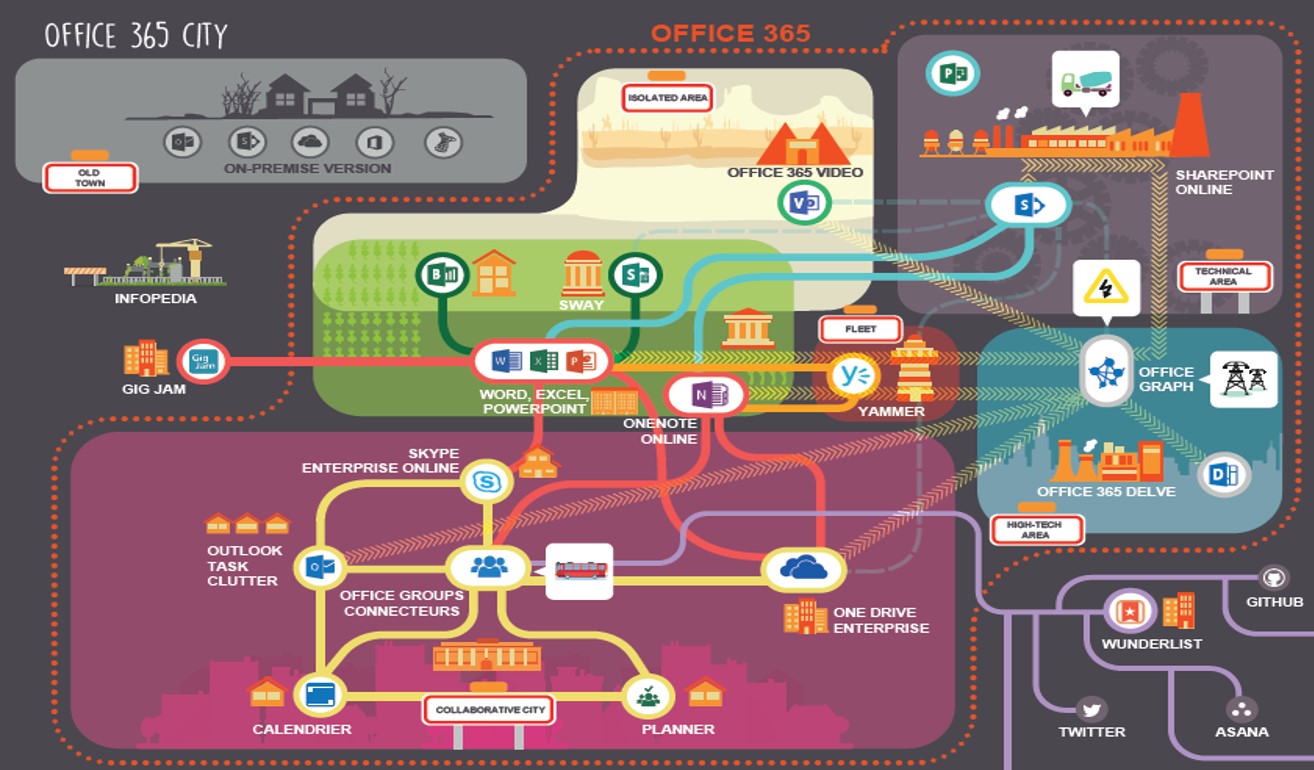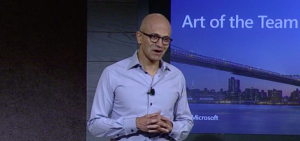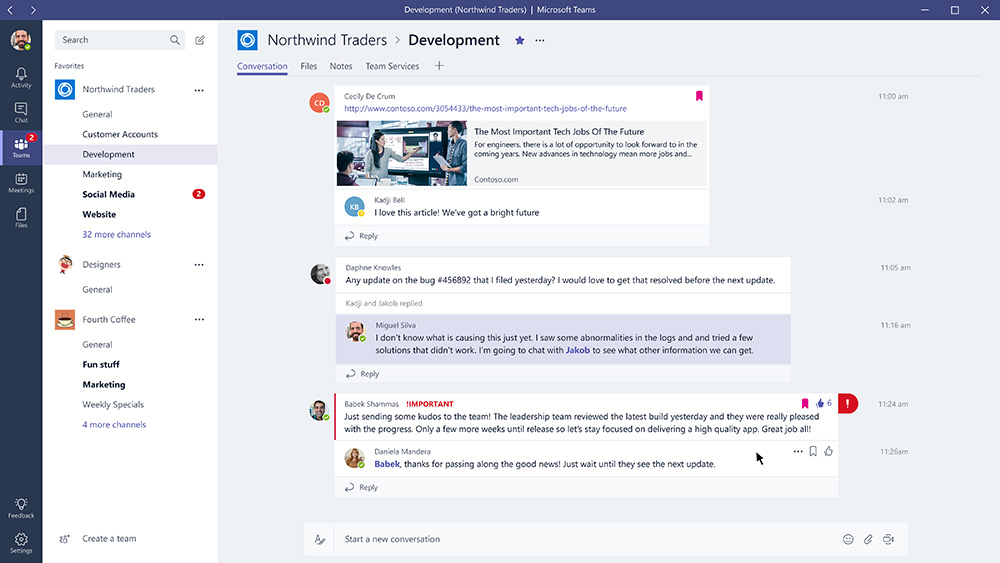We all know that digital transformation is here and happening whether our particular business likes it or not. Along with competition from smarter, nimbler competitors and the digitisation of business models we’ve also got new compliance “threats” to worry about, and GDPR is the big one we’re starting to hear some “Y2K” like scaremongering and noise about. General Data Protection Regulation (GDPR) is actually EU Regulation 2016/679 and every UK company does need to be worrying about it as it (and the associated fines) apply to all of us from 25 May 2018. We’ll be discussing ways to tackle this over the coming months, but the problem triggered me thinking about the spreadsheet swamp that we’ve been living in for over 30 years. The first thought for so many business people when faced with a new requirement for tracking and reporting something that isn’t handled by our current systems is to reach for a spreadsheet. We’ve been conditioned in to doing that since the 70s and in today’s environment there are social tools and a whole new category of solutions called Low-Code platforms that you should consider before clicking that Excel icon.
We’ve been running our businesses and organisations with incomplete ERP systems for decades – they usually cover most of a company’s core processes but leave plenty of gaps. Those of us who have been around in IT for a while will remember enterprise software names like McCormack & Dodge, MSA, Dunn & Bradstreet, Pansophic, ASK, Baan and more – generations of ERP and enterprise level application software companies that have come and gone but were World players in their day. These (and the current) ERP solutions cover the easily repeatable processes that need to be handled, but most businesses also need to deal with what my friend Sigurde Rinde calls barely repeatable processes. That’s everything from the day to day business events that don’t quite obey the specific rules that we planned for, to responding to competitive threats, to new requirements like GDPR. That’s digital disruption in its many forms – the reality of business in a complex, fast changing world.
How do we deal with these gaps in functionality that our conventional systems don’t cover? To help us get the answers that the core IT system doesn’t provide, right since the dawn of personal computing, we’ve been reaching for the spreadsheet! It started back in the late 70s. What was the application (along with word processing) that helped the Apple II become so fantastically popular when it changed the computing landscape? It was Dan Bricklin‘s VisiCalc – the first ever spreadsheet. After the Apple II the IBM PC came along in 1981 and Lotus 1-2-3 became the goto application, but as Microsoft began to shape the technology landscape then Excel took over to became pervasive. Generations of people in business have built up a literacy in creating data based applications, with calculations and macros sitting in spreadsheets, with ad hoc systems and processes around them to share them with groups of people by email. How did accountants and business people end up as part time programmers? However, in truth this was a real jump in personal productivity and getting things done. But 30 years on we’re still doing it with pretty much the same technology – there has to be a better way!
With the advent of social tools over the last 10 years or so, I was convinced we could break the spreadsheet and email habit and make businesses more effective. We talk a lot here about enterprise social networks and how these kinds of collaboration tools should be at the heart of any company’s digital transformation strategy, but let’s turn to that spreadsheet. At the very least our documents or spreadsheets can be properly shared by a group of users. We don’t have to have multiple copies of the same thing, getting out of date, sitting in every single email recipient’s inbox – who’s got the latest version? Wikis, Google’s G Suite, Office365, and even new products like Dropbox Paper mean we can collaborate on content in real time, but even with these tools to hand many businesses are still living in the spreadsheet swamp. Spreadsheets have their place, but too often they are used as a convenient repository for what is actually a database for collecting and reporting on information that is vital, but missing from the organisation’s core ERP systems. They are used for everything from product lifecycle management to contact management to human resources data. Actually these applications ought to have been created as a proper database, but the cost and time of set up and management means that the user goes a different way. As a medium for data storage spreadsheets are mightily insecure. Anyone who has access to the sheet could change the data layout, change the data, screw up the calculations. Even when carefully managed, with good intentions, there are many examples you can find of huge mistakes and big losses because of a spreadsheet error. As my good friend Dennis Howlett often says:
“Spreadsheets are general purpose tools that can do many powerful things but they are a programming environment and should be treated as such. That means testing and documenting according to good programming standards.”
Why do we let ourselves navigate in to this swamp without that mode of thinking? This is where a new category of applications, called Low-Code platforms, is springing up to provide a 21C, more safe, more secure, cloud native solution to these ad-hoc needs that every organisation is faced with. This is an emerging space, and we’ll be looking at it more over the coming months. The way I see it the current crop of products that allow you to build applications with no (or very few) lines of code fall in to two broad categories. Business Process Management apps that help implement business logic and workflows, and Data Driven apps that offer data management, reporting and data integration. There is overlap of course, and a whole range of user experience from drag and drop interfaces to more straightforward tabular set up and configuration.
This Thursday I will be working with the Ctrl O Team and their Low-Code solution called Linkspace, at a London event titled “Government Computing Presents: Digital Transformation for the Public Sector”. The event blurb suggests that with efficiency and modernization at the forefront of government policy, the need to share experiences, success stories and new ways of working has never been greater. Listening to our senior public sector contacts there is no doubt that Government suffers from the spreadsheet swamp just as much as the commercial world. As I said at the start we need new thinking to tackle digital disruption, and new Low-Code tools provide rapid development without upfront costs, and should definitely be part of your 21C kitbag for application development and delivery.
As a Low-Code example, Ctrl O’s Linkspace allows you to build your own data driven applications in a secure way on a cloud platform that can be accessed anywhere from any device. You create your data layouts, data entry forms, workflow, and reporting. You need no more technical expertise than for spreadsheets and office products, but Linkspace helps you lock down the security so that only the right people have access to add, change or delete things. Ctrl O is an independent UK cloud software provider who already work with a number of government departments. They are passionate about using open source tools to create lean, intelligent, unbreakable products. I’m delighted to be working with them. Go here if you want to find out more about how they deal with the spreadsheet swamp. More details on the Government Computing event can be found here. Please come and talk to us on Thursday.
Disclosure: David Terrar chair’s Ctrl O’s Advisory Board and Agile Elephant helps them on strategy.

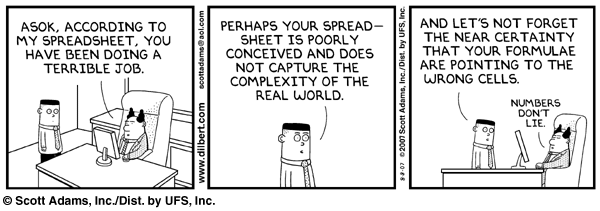

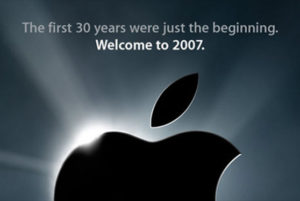
 I mentioned above that I
I mentioned above that I 
